Dreaming of homeownership but struggling to save for a down payment or improve your credit score? Rent-to-own homes offer a promising solution. This blog post explores the ins and outs of rent-to-own, from understanding the process and types of contracts to considering the risks and potential alternatives. With rent-to-own, you have the flexibility of renting while also building towards long-term homeownership. It’s an opportunity to make your homeownership dreams come true, even if you’re not yet ready for a traditional mortgage. Are you dreaming of homeownership but struggling to save for a down payment or improve your credit score? Rent-to-own homes might just be the answer you’ve been searching for. This unique approach to buying a home combines the flexibility of renting with the long-term benefits of homeownership, offering a stepping stone for those who may not yet qualify for a mortgage. In this article, we’ll explore the ins and outs of rent-to-own, from the process and types of contracts to the risks and potential alternatives.
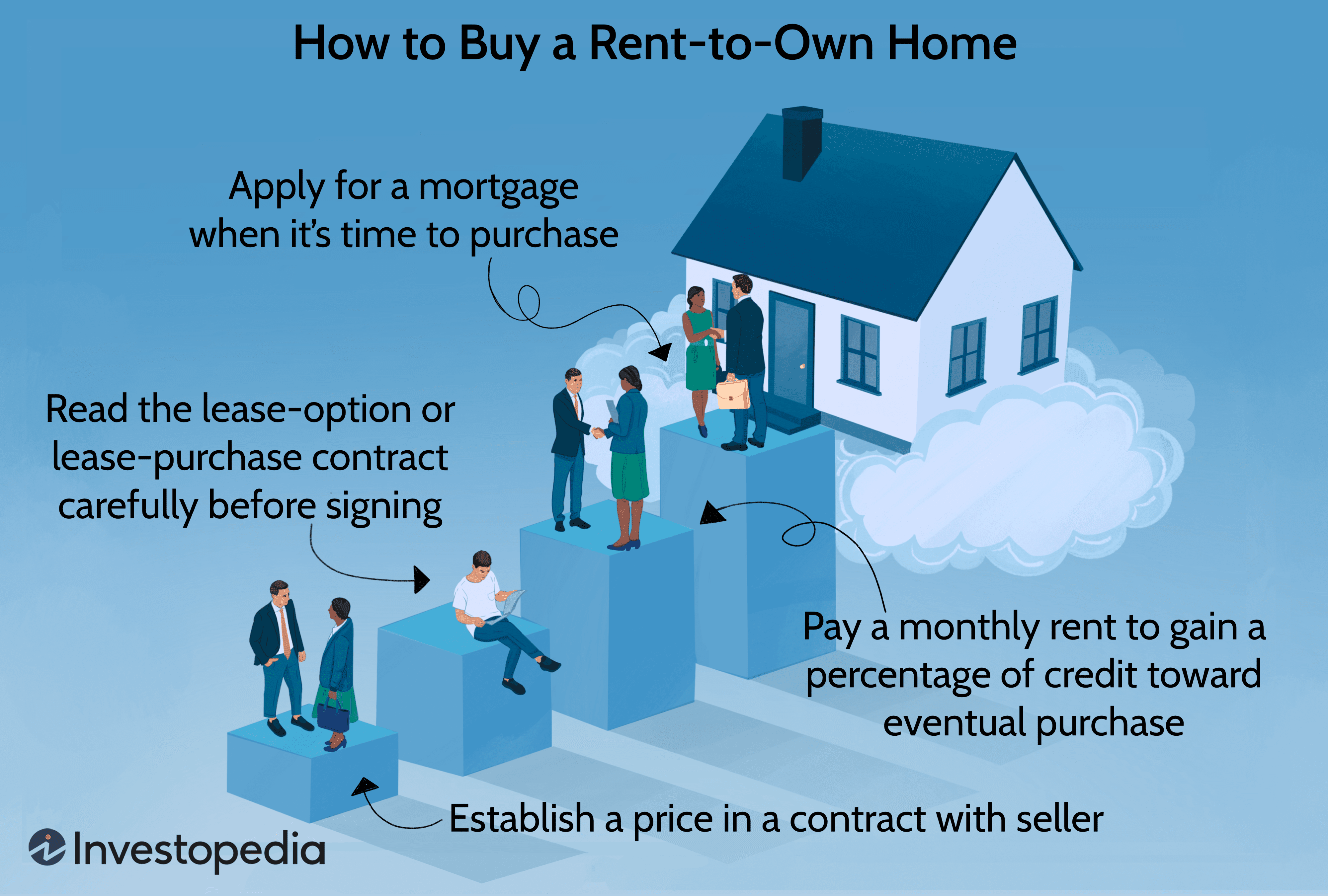
This image is property of www.investopedia.com.
Short Summary
Rent-to-own agreements offer an alternative path to homeownership, linking rent payments to home equity and allowing tenants the option of purchasing the property. However, tenant-buyers should exercise due diligence when considering a rent-to-own agreement, taking care to research potential risks associated with higher rental costs and financial strain. Alternatives such as saving for a down payment or qualifying for low down payment mortgages should also be taken into consideration before deciding if rent-to-own is right for you.
What is Rent-to-Own?
Rent-to-own homes provide an alternative path to homeownership for those who may not be able to secure a mortgage or afford a conventional down payment. In a rent-to-own agreement, you lease a rent-to-own home with the option to purchase it at the end of a specified period, typically ranging from one to five years. This rent-to-own work offers a unique opportunity for potential homeowners to achieve their dream of owning a home. During this rental period, a portion of your monthly rent payments is set aside and credited toward the home’s purchase price.
Quick Definition
In simpler terms, rent-to-own is a hybrid of renting and buying, allowing you to build equity in a property while still paying rent. Under this arrangement, a tenant leases a property for a predetermined period, with the option to purchase it before the agreement expires. The tenant-buyer assumes various responsibilities, such as timely rent payments, property maintenance, and compliance with the terms of the agreement.
How Does the Rent-to-Own Process Work?
The rent-to-own process begins with an initial agreement, which outlines the purchase price, rent payments, and responsibilities of both parties. It’s crucial to negotiate the purchase price before signing the lease, as this will determine the amount of rent that will contribute to the down payment and the overall cost of the home. An option fee, typically between 1% and 5% of the purchase price, is also paid upfront to secure the tenant-buyer’s exclusive right to buy the property at a later date. A key aspect of rent-to-own agreements is the link between rent payments and home equity. A portion of each monthly rent payment, known as rent credit, is applied towards the future down payment on the home. However, it’s important to note that rent payments in a rent-to-own contract are generally higher than market rent to accommodate this rent credit. Upon completion of the rental period, the tenant-buyer has the option to apply for a mortgage to finalize the purchase or, in some cases, to relinquish their right to buy the property. If the tenant is unable to secure a mortgage, they may forfeit the opportunity to purchase the home and lose any rent credits they have accumulated.
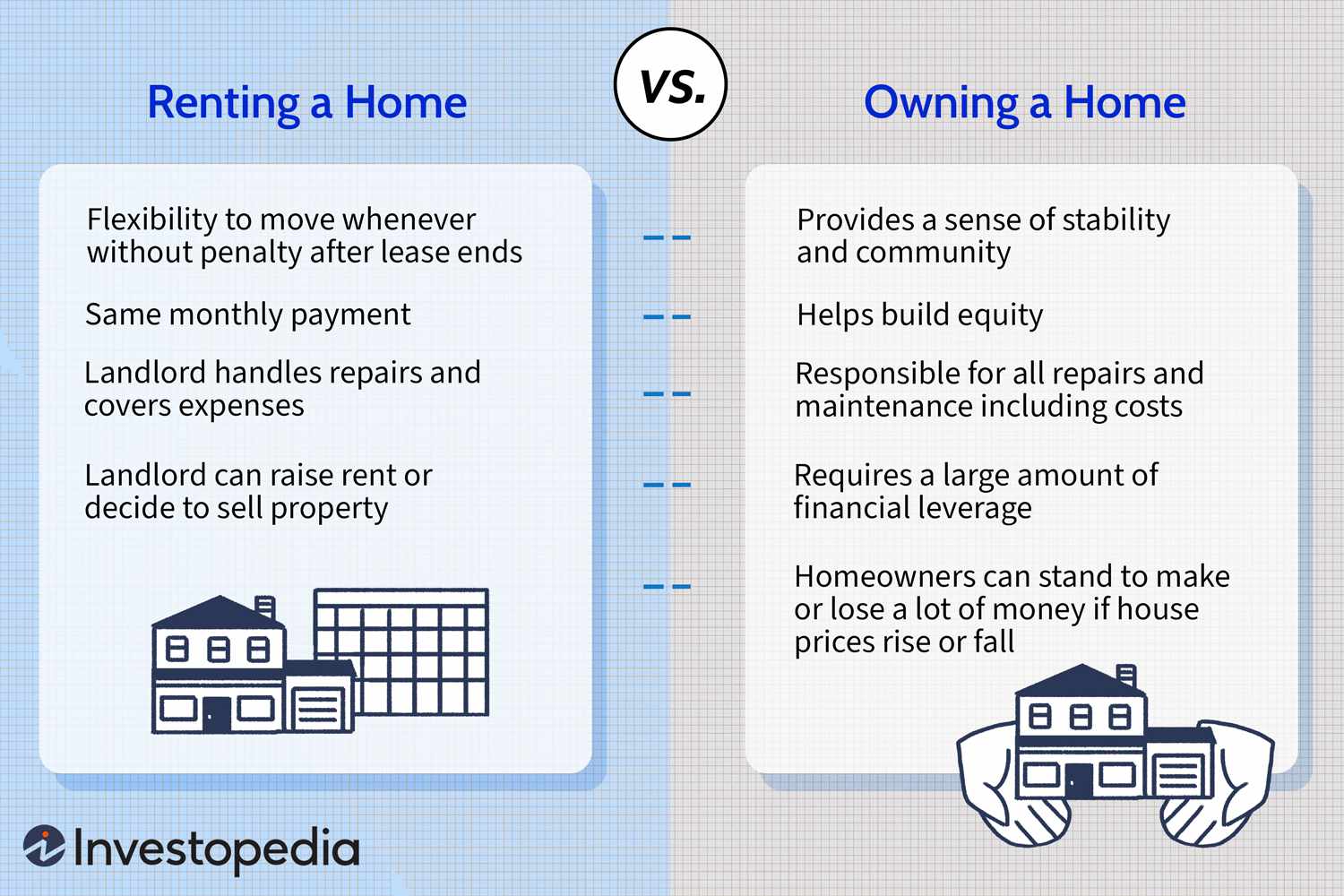
This image is property of www.investopedia.com.
Initial Agreement Basics
A rent-to-own contract should clearly outline the due date for rent payments, the proportion of rent that will contribute to the purchase of the home, and whether the option to buy is obligatory or optional. Additionally, the agreement should specify which appliances are included in the sale and who is responsible for repairs and maintenance costs. The non-refundable option fee, paid upfront, demonstrates the buyer’s commitment to the agreement. Before signing a rent-to-own agreement, it’s crucial for tenant-buyers to verify that property taxes have been paid up to date, there are no liens on the property, and the landlord is the rightful owner of the home and has the legal authority to rent it. Consulting a real estate attorney can help tenants and buyers understand their rights and obligations in the agreement.
Determining the Purchase Price
The purchase price in a rent-to-own agreement can be established prior to the lease or at its expiration, often exceeding the current market value. This is due to the potential for the market value to increase in the future and the risk involved for the homeowner in a rent-to-own scenario. It’s important for the tenant-buyer to carefully consider the purchase price, as they will be obligated to pay the predetermined price regardless of any fluctuations in the property’s value.
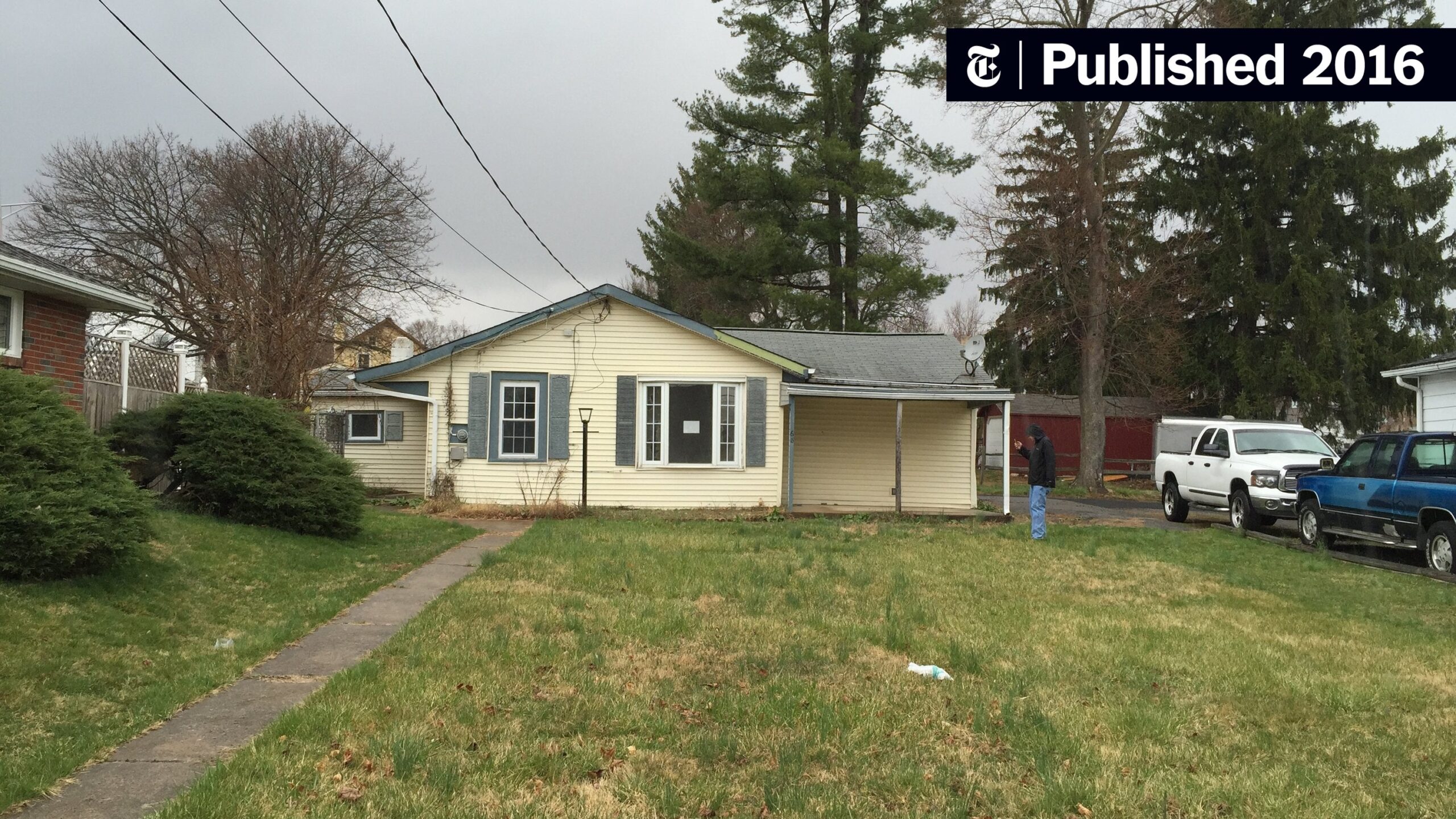
This image is property of static01.nyt.com.
The Link between Rent and Home Equity
In rent-to-own agreements, rent payments are closely linked to home equity. A portion of each rent payment, known as rent credit, is allocated towards the tenant’s equity in the home. This means that a part of the rent paid to the homeowner each month contributes to a down payment on the home. However, it’s important to note that rent payments in a rent-to-own contract are typically higher than market rent to accommodate this rent credit.
What Responsibilities Do Tenant-Buyers Have?
Tenant-buyers in a rent-to-own agreement may be responsible for various aspects of property management, such as repairs, maintenance, property taxes, and homeowners association (HOA) fees during the rental period. This is an important consideration, as it means that tenant-buyers may need to budget for additional expenses beyond their monthly rent payments. In some rent-to-own contracts, the tenant-buyer may be liable for repairs and maintenance from the commencement of the rental agreement. To ensure a successful rent-to-own experience, tenant-buyers must carefully review the stipulations of their lease-option or lease-purchase agreement prior to signing. They should exercise due diligence by obtaining a home inspection and consulting a real estate attorney to ensure their protection and understand their rights and obligations in the home purchase agreement.
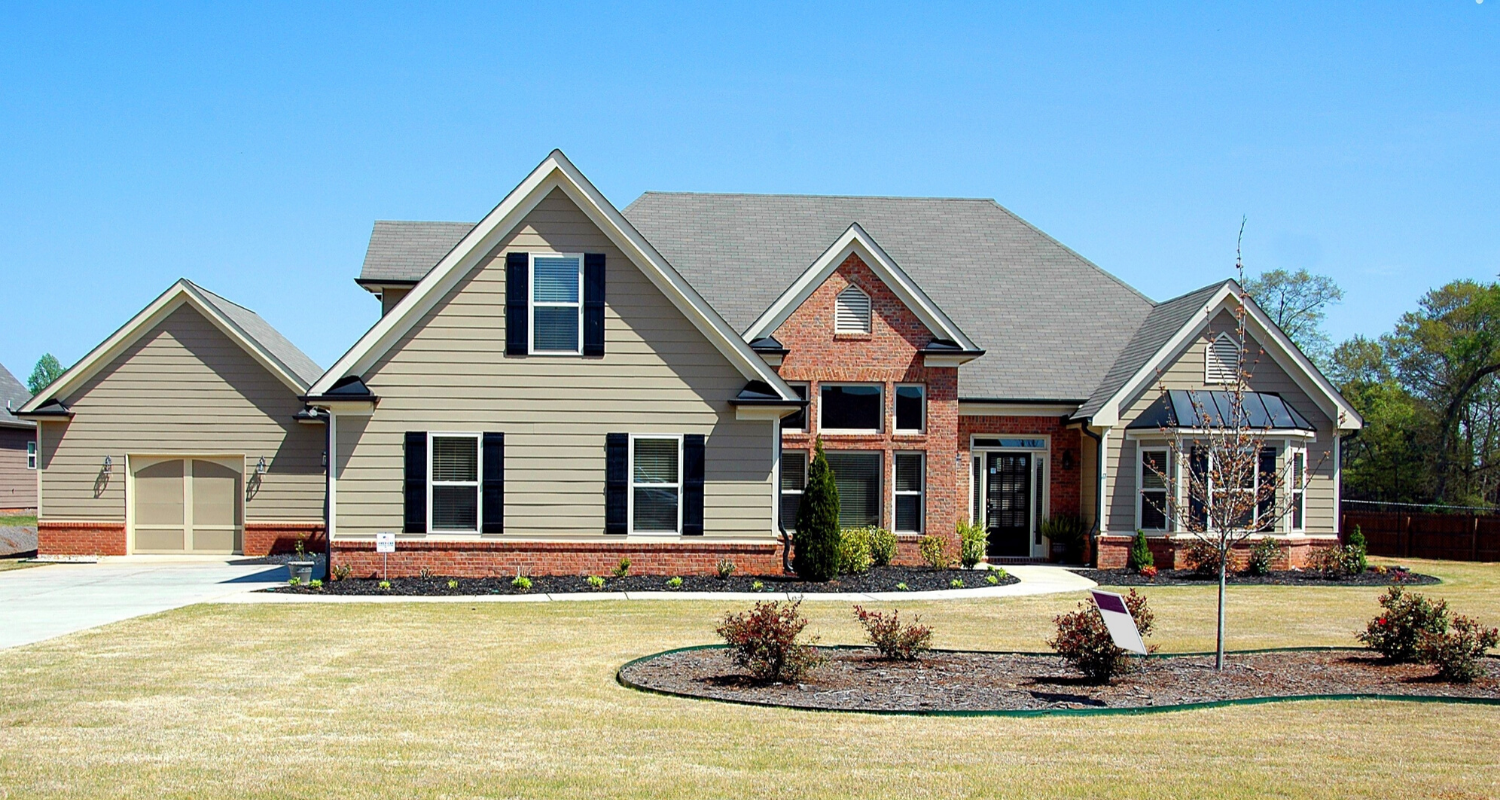
This image is property of www.homelight.com.
What Types of Rent-to-Own Contracts Exist?
Rent-to-own contracts come in two main forms: lease-option and lease-purchase. A lease-option agreement offers the tenant the option to purchase the property at the end of the lease term, while a lease-purchase agreement requires the tenant to buy the home at the conclusion of the lease. Understanding the differences between these two types of contracts is crucial for potential homebuyers, as each comes with its own set of obligations and potential penalties.
Are There Alternatives to Rent-to-Own?
While rent-to-own can be a viable option for some potential homebuyers, it’s important to consider other alternatives as well. Some alternatives to rent-to-own include saving for a down payment, qualifying for a low down payment mortgage, or considering owner financing. Each of these options has its own pros and cons, and potential homebuyers should carefully weigh these factors to determine the best path to homeownership for their unique situation.
In conclusion, rent-to-own homes offer an alternative path to homeownership for those who may not be able to secure a mortgage or afford a conventional down payment. Tenant-buyers should carefully consider the terms and responsibilities of the agreement, along with any potential risks, before deciding if rent-to-own is the right option for them. Alternatives such as saving for a down payment or exploring low down payment mortgage options should also be considered. By taking the time to do research, consult with professionals, and evaluate their unique financial situation, potential homebuyers can make an informed decision and work towards achieving their dream of homeownership.
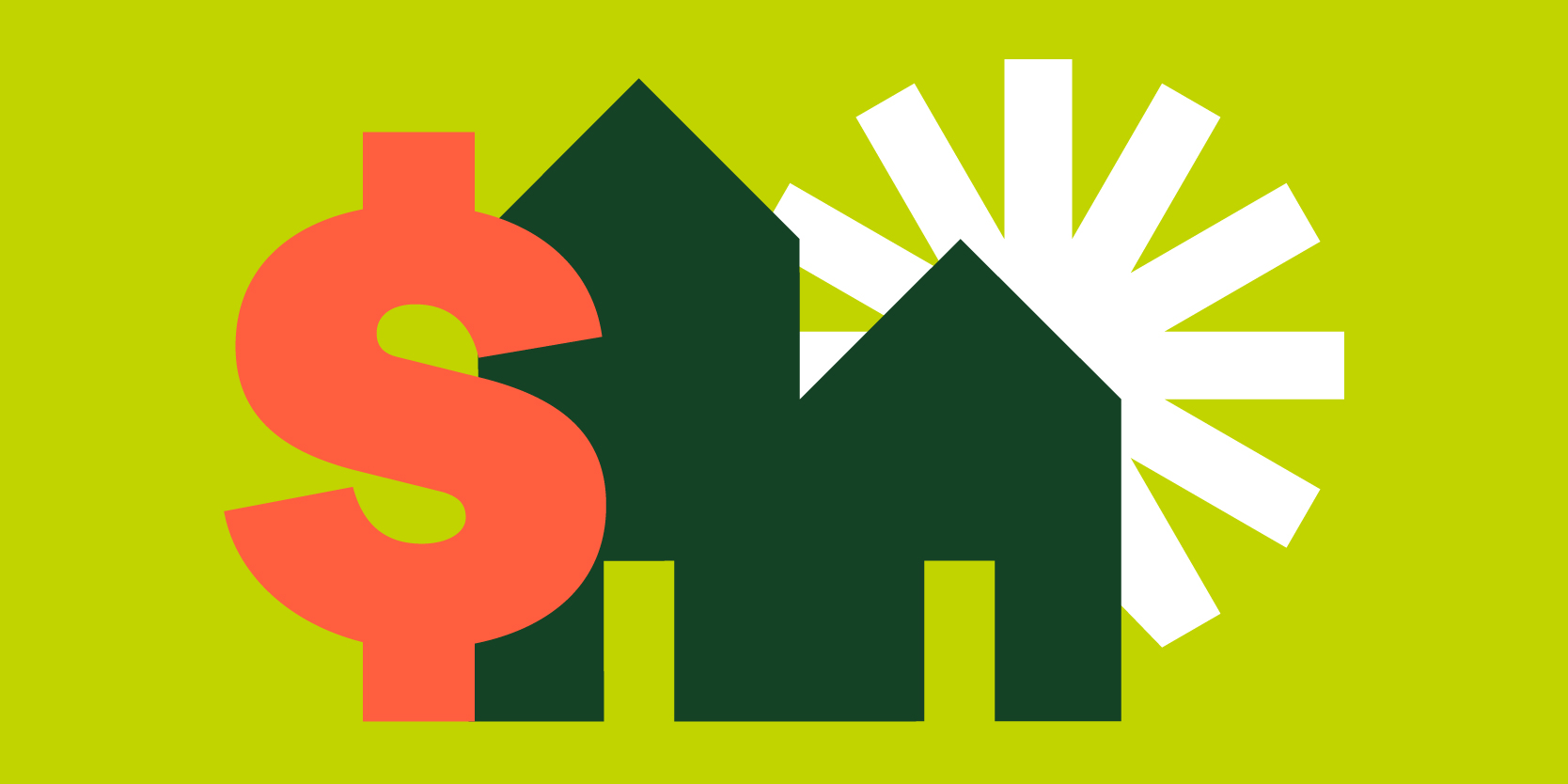
This image is property of zillowstatic.com.
